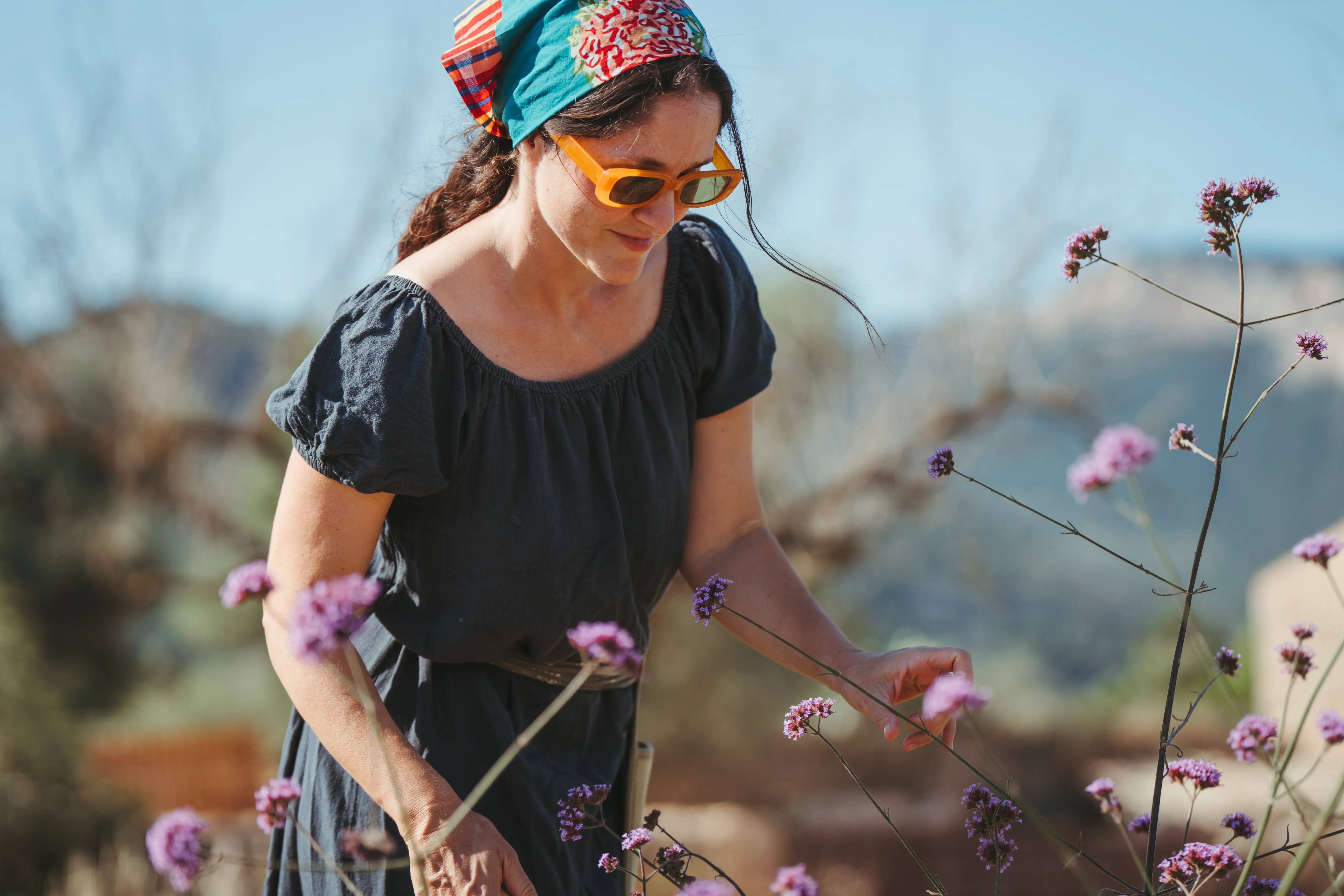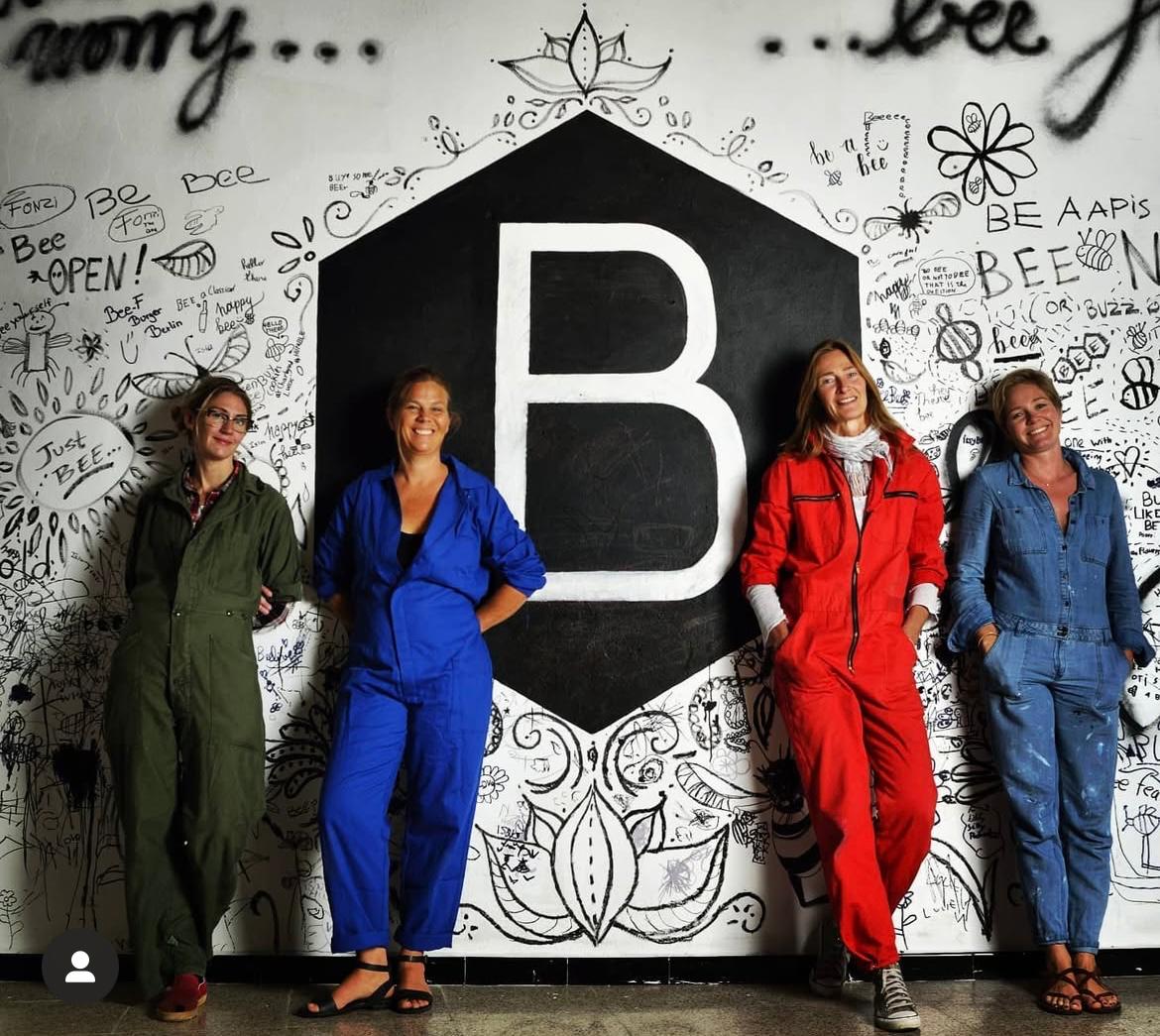
The Pla: A Cataln term that means flat, this stunning, centrally located region with long stretches of pastoral landscapes, defines Mallorca's deep cultural heritage, its connection to the land, history and community.
The Pla, the Central Region of Mallorca is about being connected with deep-rooted Mallorcan traditions, particularly agricultural harvests, as well as gorgeous swaths of flat landscapes lush with nature. Sineu is one of this region’s most charming and vibrant communities. The town was built slightly elevated above the central flatlands and features an old church in its town centre. Sineu was once home to the Romans and Moors and has held its popular market since the 14th century. Today that market happens every Wednesday, and features market stalls with fresh produce, cheeses, meats, plants, flowers, crafts and clothing dotting the winding mediaeval stone streets of this attractive village. Local schools and parks make this village welcoming to families and it has a very strong community all year long.
While united by its generally flatter landscapes, there are so many different characteristics to the Pla region that make it an engaging and attractive place to explore. It is a quiet, intimate area that has a truly authentic feel.
Inca is one of Mallorca’s most unique cities. Home to the international footwear brand, Camper, Inca is also where much of the island’s leather production takes place. Inca is steeped in traditions yet has a modern flair and lively ambiance. It remains a site of leather and shoe manufacturing and more recently is welcoming smaller brands and designers who are interested in transforming the former factories into studios and showrooms.
Binissalem is the island’s primary wine-growing region, a rapidly evolving industry on Mallorca that doesn’t cease to impress with quality and innovation. Here, some of the best vineyards are found, and the small village of Binissalem is deeply linked to wine production – the Roman’s once cultivated their own grapes in this area – and it has an annual fall festival celebrating the harvest.
In addition to the agricultural lifestyle, the central valley is home to much of Mallorca’s craft heritage, including glass, ceramics and weaving.
Highlights include the centrally located, Pórtol, home to Mallorca’s ceramic industry for over a century. Here industrial production sits alongside handmade objects, with stores and studios open to the public and featuring traditional and contemporary wares.








